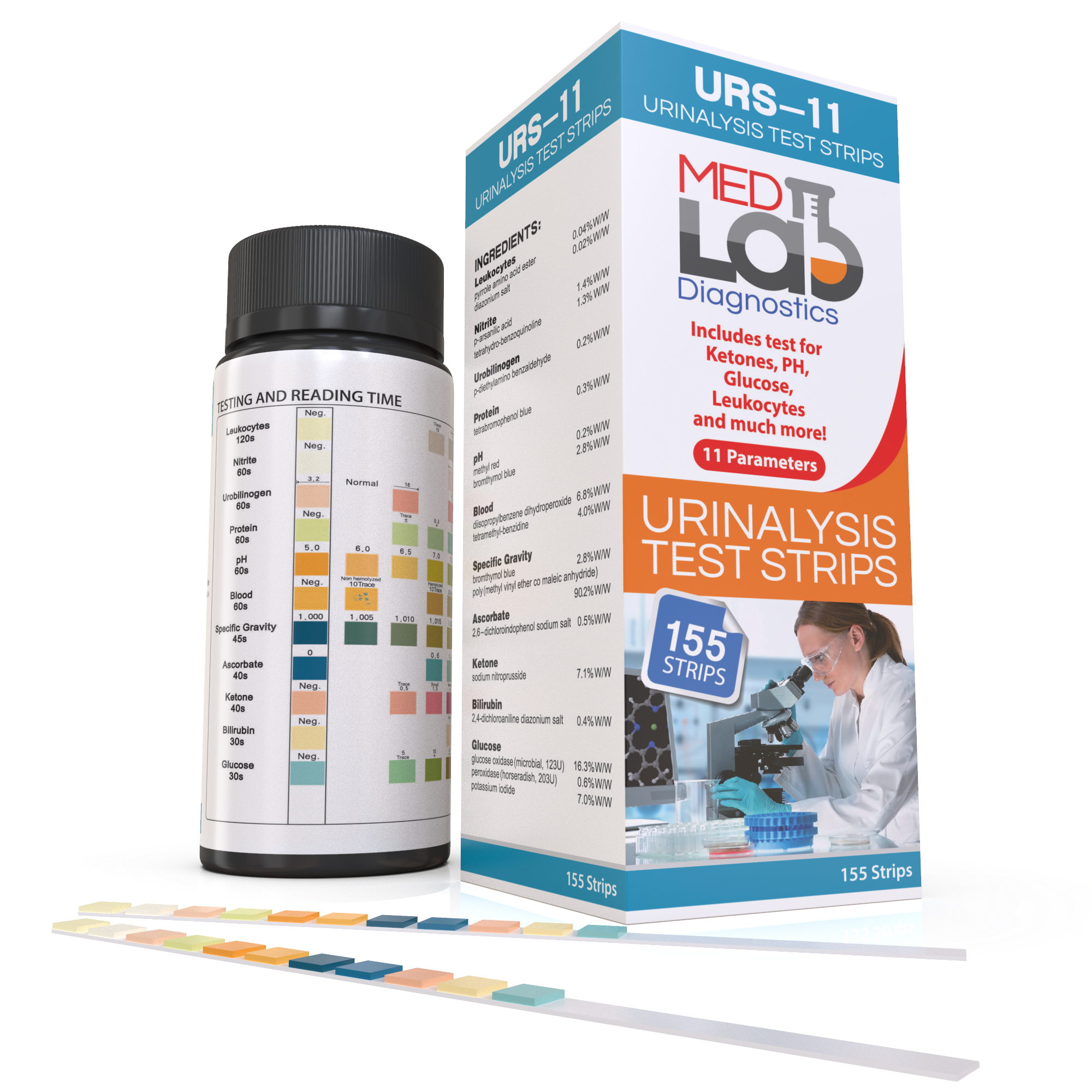
Providers will also be better equipped to meet the emerging needs of individual patients, even as populations continue to expand and age. Laboratories Director, Kuwait Cancer Control Center One in which every component is designed to work together as one, vastly expanding the efficiency, scope and quality of diagnostic capabilities. Quite simply, we are enabling within a single automated system, a vast array of testing that gives answers to life’s critical challenges across the healthcare continuum.Ī fully connected laboratory is the means to this end. The key now is to expand the core lab, consolidating and integrating further a wider range of platforms covering other diagnostic disciplines such as molecular diagnostics and point-of-care testing. We have already pioneered the integration of clinical chemistry and immunochemistry, creating the concept of the ‘Serum Work Area’. Our vision is to empower laboratories to manage the future by streamlining how they are designed and by simplifying their equipment and processes.
LAB DIAGNOSTICS HOW TO
With our latest advances in diagnostics technology, we are offering a radical new vision for how to approach the increasingly complex healthcare environment: a revolution in simplicity. Worldwide, our instruments are used to conduct more than 20 billion tests every year 3.Īs a global leader in diagnostics, we have recognised these unfolding challenges and are responding by developing innovative new systems designed to address the challenges of today and anticipate the needs of tomorrow. For nearly 50 years, we have provided hospitals and laboratories with the diagnostic tests and instruments they need to better understand disease and patient biology. With the rapidly evolving healthcare landscape, Roche’s commitment to diagnostic innovation has never been more vital. Future-proofing against emerging healthcare needs

Faced with intensifying financial strain and demand for diagnostics, laboratories are struggling to deliver the answers that are so central to modern medicine. Patient expectations are also on the rise – not only for faster testing and diagnosis at lower costs, but also for the personalised prevention and treatment solutions they need to live longer and healthier lives. These trends are having a major impact on healthcare services around the globe, many of which are already facing enormous pressure from increasing costs, budgetary restrictions and staff workloads. Rates of chronic illnesses and newly emergent diseases related to ageing – such as dementia – are on the rise. 1 Although this can be seen as a success story, an older population is also giving rise to new challenges. In almost every country of the world, the proportion of the population aged over 60 is growing faster than any other age group. Finally, we discuss perspectives and future directions of LID diagnostic platforms in personalised medicine applications.Anew era in lab testing is tackling today’s challenges and tomorrow’s needs in a rapidly shifting global health landscape. Then, we provide insights into research advancements towards a functional LID system which integrates all three of the above-mentioned fundamental steps. In this review, we first evaluate the three fundamental bioassay steps for miniaturised NA biomarker detection: crude sample preparation, isothermal target amplification, and detection readout of amplicons. In contrast to existing excellent reviews on miniaturised LOC fabrication and individual steps of NA biomarker sensing, we herein focus on miniaturised solution-based NA biosensing strategies suited for integrated LID personalised diagnostics development.

LAB DIAGNOSTICS FREE
As an alternative miniaturised diagnostics platform free of precision fabrication, there have been recent developments towards a solution-based lab-in-a-drop (LID) system by which an entire laboratory-based diagnostics workflow could be downscaled and integrated within a singular fluid droplet for POC detection of NA biomarkers. Despite the great potential of LOC devices in providing rapid, portable, and inexpensive personalised diagnosis at the point-of-care (POC), the translation of this technology into widespread use has still been hampered by the need for sophisticated and complex engineering. Lab-on-a-chip (LOC) systems are prime personalised diagnostics examples which seek to perform an entire sample-to-outcome detection of disease nucleic acid (NA) biomarkers on a single miniaturised platform with minimal user handling. The concept of personalised diagnostics is to direct accurate clinical decisions based on an individual's unique disease molecular profile.


 0 kommentar(er)
0 kommentar(er)
